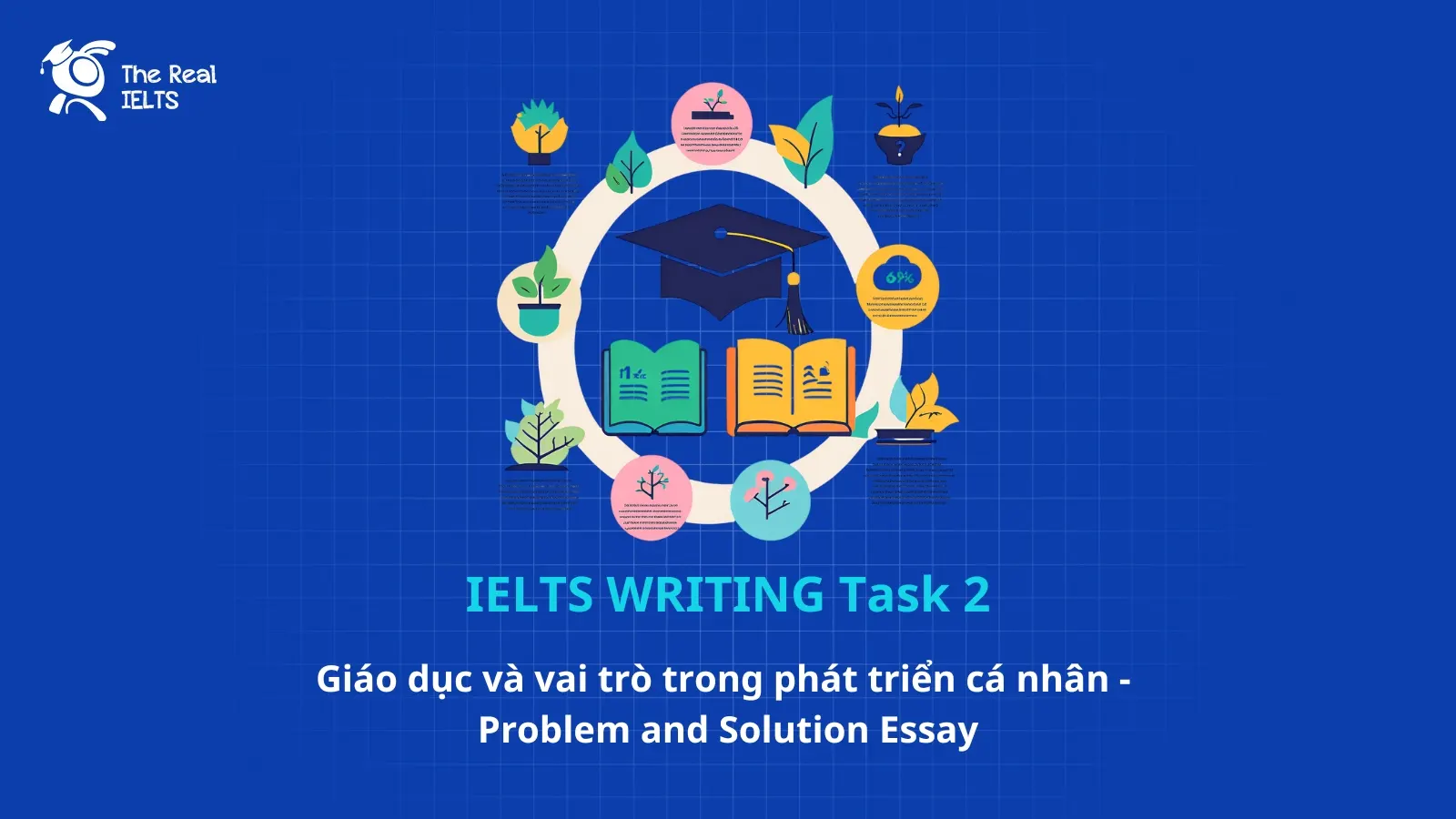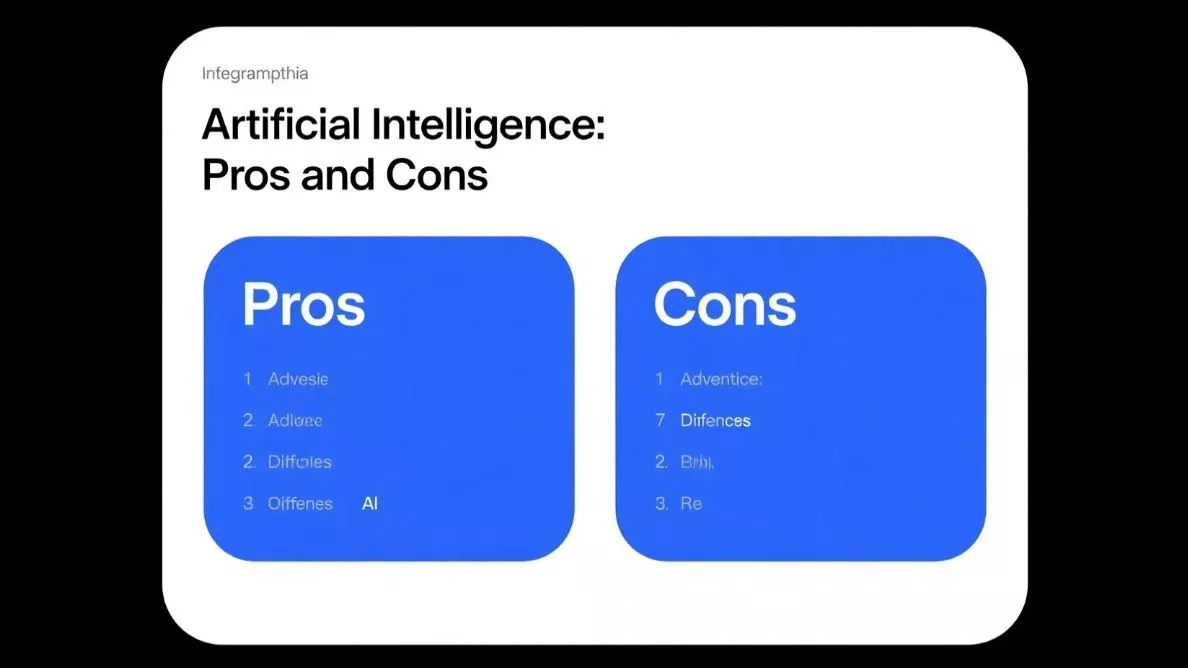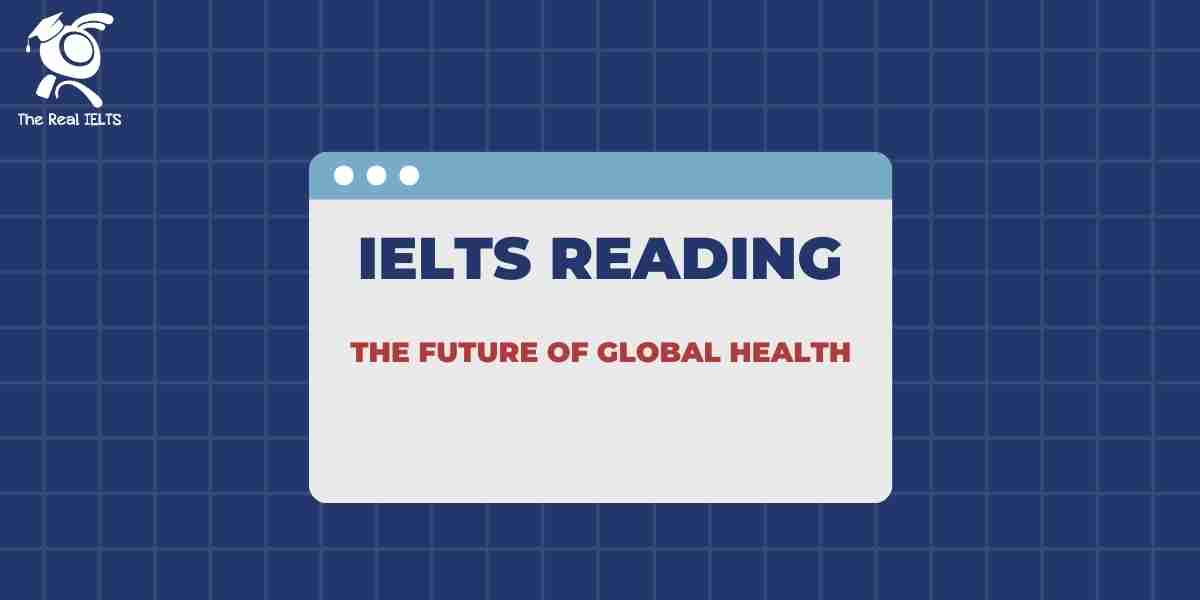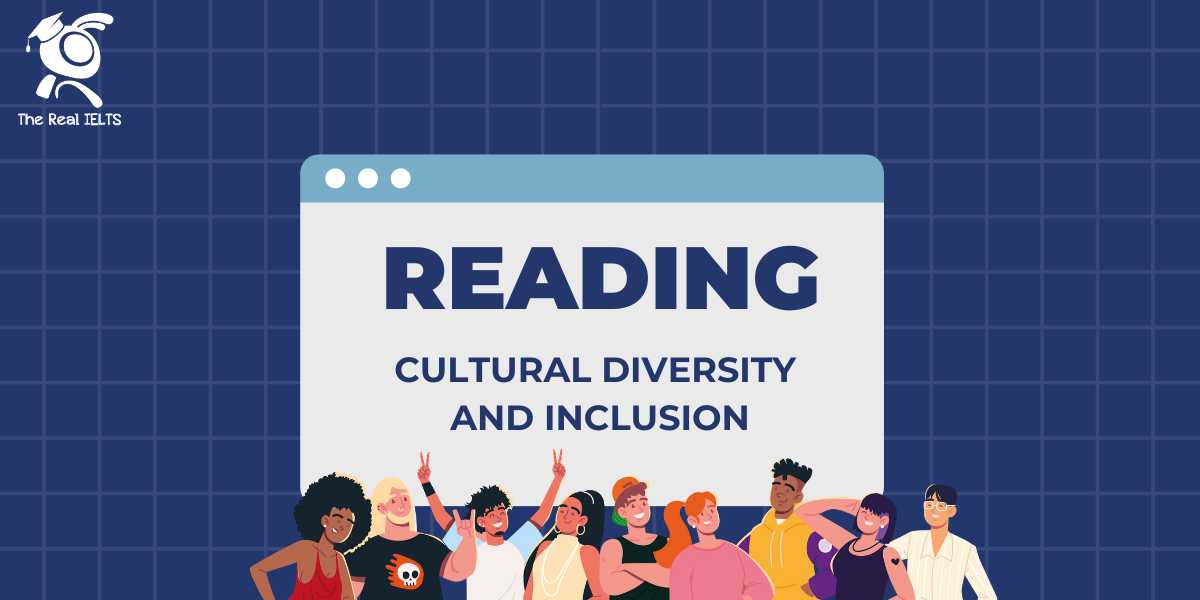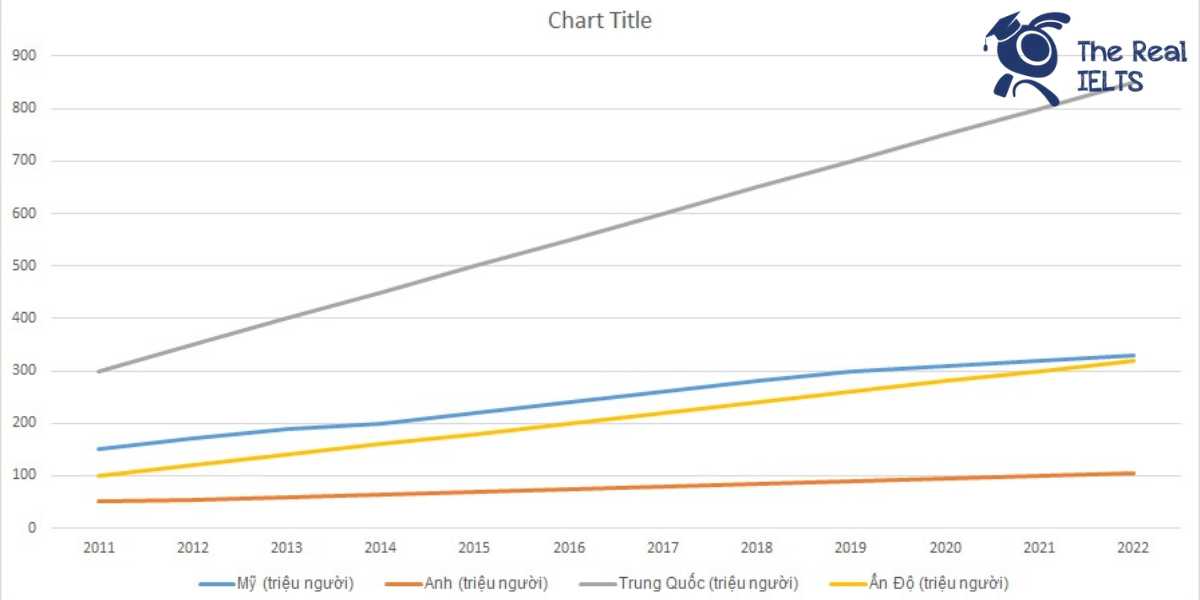IELTS Writing Task 2 thường yêu cầu thí sinh xác định vấn đề và đề xuất giải pháp. Giáo dục là yếu tố quan trọng trong sự phát triển cá nhân, nhưng nhiều người vẫn gặp khó khăn trong việc tiếp cận nền giáo dục chất lượng. Vậy đâu là nguyên nhân của vấn đề này và giải pháp nào hiệu quả?
Đề bài IELTS Writing Task 2: Giáo dục và vai trò trong phát triển cá nhân- Problem and Solution Essay
Despite the crucial role of education in personal development, many individuals struggle to access quality education. What are the challenges people face in acquiring education for self-growth, and what solutions can be implemented?
Câu trả lời 1
Education plays a crucial role in personal development, equipping individuals with knowledge and skills for self-growth. However, many people struggle to access quality education due to various challenges. This essay will explore these barriers and suggest potential solutions to improve educational accessibility.
Challenges in Acquiring Education
One of the main obstacles to education is financial constraints. Many individuals, especially in developing countries, cannot afford tuition fees, school supplies, or transportation costs. As a result, they either drop out or never enroll in school. Additionally, economic disparities often lead to a lack of well-equipped schools in rural or underprivileged areas, further limiting access to quality education.
Another challenge is the shortage of qualified teachers and educational resources. In many regions, there are not enough trained educators, leading to overcrowded classrooms and poor learning experiences. Furthermore, some students face cultural or societal barriers, such as gender discrimination or restrictive social norms, which prevent them from receiving equal educational opportunities.
Technological limitations also hinder education, especially in an era where digital learning is becoming essential. Students in low-income communities may not have access to the internet, computers, or even electricity, making online education inaccessible. This digital divide has widened the educational gap between privileged and underprivileged populations.
Solutions to Improve Educational Accessibility
To address financial barriers, governments and organizations should invest in scholarships, free education programs, and affordable student loans. Providing financial aid to low-income families can help ensure that education is accessible to everyone, regardless of their economic background.
To combat teacher shortages, governments should increase teacher salaries, offer professional training, and encourage more individuals to pursue teaching careers. Schools can also implement innovative teaching methods, such as blended learning, to maximize available resources effectively.
Bridging the digital divide is another crucial step. Expanding internet infrastructure, providing free public Wi-Fi, and distributing affordable digital devices to students can help make online learning more accessible. Additionally, creating offline learning materials, such as printed textbooks or radio-based lessons, can benefit those without internet access.
Conclusion
While education is vital for personal development, many individuals face financial, infrastructural, and technological challenges in accessing quality education. By implementing policies such as financial assistance, teacher development programs, and digital inclusion initiatives, societies can work towards making education more accessible and equitable for all.
Câu trả lời 2
Access to quality education remains a significant challenge for many individuals worldwide, hindering their personal development and perpetuating social inequalities. Several obstacles prevent people from acquiring the education they need for self-growth:
Challenges:
- Financial Constraints: The cost of education, including tuition fees, books, supplies, and living expenses, can be prohibitive for many individuals, especially those from low-income backgrounds.
- Geographic Barriers: Individuals in remote or underserved areas may lack access to quality educational institutions or reliable internet connectivity, limiting their educational opportunities.
- Social and Cultural Barriers: Discriminatory practices based on gender, race, ethnicity, religion, or disability can prevent marginalized groups from accessing education. Cultural norms and expectations can also limit educational opportunities, particularly for girls and women.
- Lack of Infrastructure and Resources: Many schools lack adequate infrastructure, including classrooms, libraries, laboratories, and technology, which compromises the quality of education. A shortage of qualified teachers and educational resources further exacerbates the problem.
- Personal Circumstances: Family responsibilities, health issues, disabilities, or displacement due to conflict or natural disasters can disrupt education and make it difficult for individuals to pursue their studies.
- Quality and Relevance of Education: Even when accessible, the quality of education may be poor, failing to equip individuals with the relevant skills and knowledge needed for personal and professional development. Outdated curricula and teaching methods further diminish the value of education.
Solutions:
- Increased Funding and Scholarships: Governments and organizations should invest more in education, providing financial aid and scholarships to make education more affordable for disadvantaged individuals.
- Improved Infrastructure and Resources: Investing in school infrastructure, including classrooms, libraries, and technology, is crucial for enhancing the learning environment. Recruiting and training qualified teachers is equally important.
- Distance Learning and Online Education: Expanding access to distance learning programs and online courses can overcome geographic barriers and provide flexible learning opportunities for individuals who cannot attend traditional schools.
- Community-Based Education Programs: Establishing community-based education programs can cater to the specific needs of marginalized communities and provide access to education in underserved areas.
- Addressing Social and Cultural Barriers: Combating discriminatory practices and promoting inclusive education policies can ensure that all individuals have equal access to educational opportunities. Challenging harmful cultural norms and empowering marginalized groups is essential.
- Skills-Based and Vocational Training: Providing skills-based training and vocational programs can equip individuals with practical skills that are relevant to the job market and enhance their employability.
- Lifelong Learning Initiatives: Promoting lifelong learning initiatives and creating opportunities for adults to continue their education can foster personal and professional growth throughout their lives.
By addressing these challenges and implementing effective solutions, we can create a more equitable and accessible education system that empowers all individuals to reach their full potential and contribute to society.
Câu trả lời 3
Education is a fundamental tool for personal development, equipping individuals with knowledge, skills, and opportunities for a better future. However, many people face significant barriers to accessing quality education. This essay will discuss the key challenges individuals encounter and propose effective solutions to address these issues.
Challenges in Acquiring Education for Self-Growth
- Financial Constraints
The high cost of tuition, school supplies, and transportation prevents many individuals, especially those from low-income backgrounds, from accessing quality education. In many countries, higher education is particularly expensive, leading to student debt and financial burdens. - Limited Access to Educational Institutions
In rural and underdeveloped areas, there is often a lack of schools, universities, and vocational training centers. Many students have to travel long distances or drop out due to the unavailability of nearby educational facilities. - Inequality in Education Quality
Even when education is available, its quality varies significantly. Wealthier areas often have better-funded schools with experienced teachers, modern facilities, and advanced learning resources, while underprivileged areas suffer from poorly equipped schools and a lack of qualified educators. - Social and Cultural Barriers
In some societies, cultural norms and gender discrimination limit access to education, particularly for girls and marginalized communities. Early marriages, household responsibilities, and societal expectations can prevent individuals from pursuing education. - Technological and Digital Divide
The rise of online learning has made education more accessible, but many people still lack internet access, computers, or digital literacy skills. This digital divide makes it difficult for students in remote or low-income areas to benefit from online educational resources.
Solutions to Improve Access to Quality Education
- Providing Financial Support
Governments and organizations should offer scholarships, grants, and low-interest student loans to make education more affordable. Reducing or eliminating tuition fees for primary and secondary education can also help ensure that financial barriers do not prevent students from learning. - Expanding Educational Infrastructure
Investing in new schools, universities, and vocational training centers in rural and underserved areas can help bridge the gap in education access. Mobile schools and community learning centers can also provide flexible solutions for remote populations. - Ensuring Equal Quality Education
Governments should allocate more funding to underprivileged schools to provide better teacher training, modern learning materials, and improved facilities. Curriculum reforms should also focus on practical skills and holistic learning rather than just theoretical knowledge. - Promoting Inclusive and Equitable Education
Social awareness campaigns should encourage gender equality in education and challenge cultural barriers that prevent certain groups from learning. Special programs and incentives can support girls, disabled individuals, and marginalized communities in accessing education. - Bridging the Digital Divide
Expanding internet access, providing free or low-cost digital devices, and offering digital literacy programs can help more people benefit from online learning. Governments and private sectors can collaborate to improve technology infrastructure in underserved regions.
Conclusion
While education is essential for personal development, many individuals face financial, geographical, social, and technological barriers in accessing quality education. By implementing financial aid programs, improving infrastructure, ensuring equal learning opportunities, and addressing cultural and digital challenges, societies can create a more inclusive and accessible education system. Ensuring quality education for all will lead to greater personal and societal progress.
Câu trả lời 4
Access to quality education remains a significant challenge for many individuals worldwide, hindering their potential for personal development. These challenges are multifaceted and require comprehensive solutions.
Challenges:
- Financial Constraints: The cost of education, including tuition fees, books, and living expenses, can be prohibitive for many individuals, particularly those from low-income backgrounds. This creates a significant barrier to accessing higher education and specialized training.
- Geographical Barriers: Individuals in remote or underserved areas may lack access to quality educational institutions or reliable internet connectivity, limiting their learning opportunities. This is particularly challenging for those pursuing online education or specialized training not available locally.
- Social and Cultural Barriers: Discrimination based on gender, race, ethnicity, or social class can restrict access to education for marginalized groups. Cultural norms and expectations can also limit educational opportunities, particularly for girls and women in some societies.
- Disabilities and Learning Differences: Individuals with disabilities or learning differences may face challenges accessing inclusive educational environments and resources tailored to their specific needs. Lack of appropriate support and accommodations can create significant barriers to learning.
- Lack of Quality Educational Resources: In many regions, educational institutions lack adequate resources, including qualified teachers, updated curriculum, and essential learning materials. This compromises the quality of education and limits the potential for personal growth.
- Political Instability and Conflict: Political instability, conflict, and displacement can disrupt education systems and prevent children and adults from accessing learning opportunities. These disruptions can have long-term consequences for personal development and societal progress.
- Time Constraints: Adults with work or family responsibilities may struggle to find the time to pursue further education, even if they have the financial means and access to resources.
Solutions:
- Increased Funding and Scholarships: Governments and organizations can increase funding for education and provide scholarships and financial aid to make education more affordable for low-income individuals.
- Expanding Access to Technology and Internet Connectivity: Investing in infrastructure to expand internet access and provide digital learning resources can bridge the geographical divide and enable access to online education.
- Promoting Inclusive Education: Implementing policies and practices that promote inclusive education for marginalized groups and individuals with disabilities can ensure equal opportunities for learning and personal development.
- Improving Teacher Training and Curriculum Development: Investing in teacher training and developing high-quality, relevant curricula can enhance the quality of education and better equip learners for personal and professional success.
- Community-Based Learning Programs: Establishing community-based learning programs can provide alternative educational opportunities for individuals who face barriers accessing formal education.
- Flexible Learning Options: Offering flexible learning options, such as online courses, evening classes, and part-time programs, can make education more accessible for adults with work or family commitments.
- Addressing Systemic Inequalities: Addressing systemic inequalities related to poverty, discrimination, and access to resources is crucial for creating a more equitable educational landscape and promoting personal development for all.
By implementing these solutions, we can create a more just and equitable world where everyone has the opportunity to access quality education and fulfill their potential for personal growth.warningthumb_upthumb_down
Câu trả lời 5
Education is a fundamental tool for personal development, yet many individuals face barriers that prevent them from accessing quality education. These challenges include financial constraints, geographical limitations, lack of infrastructure, and disparities in educational quality. However, several solutions can help overcome these obstacles and promote accessible learning opportunities for all.
Challenges in Acquiring Quality Education
One of the most significant challenges is financial constraints. Many people, particularly in developing countries, cannot afford tuition fees, books, or other learning materials. Higher education, in particular, can be expensive, limiting opportunities for self-growth.
Geographical limitations also hinder access to education. In rural or remote areas, schools and universities may be scarce, forcing students to travel long distances or rely on inadequate online resources. Additionally, the digital divide further worsens this issue, as many people lack internet access or digital devices necessary for online learning.
Another challenge is the lack of infrastructure and resources. Many educational institutions suffer from overcrowded classrooms, outdated materials, and insufficient qualified teachers. These factors negatively impact the quality of education and limit students’ ability to develop essential skills.
Furthermore, disparities in educational quality create inequality in learning opportunities. While students in wealthy areas may receive a high standard of education, those in underprivileged communities often experience poor teaching conditions and fewer opportunities for personal growth.
Solutions to Improve Access to Quality Education
To address financial barriers, governments and organizations can increase funding for scholarships, grants, and low-cost or free education programs. Investing in public education and reducing tuition fees can make learning more accessible to a larger population.
Expanding digital learning opportunities can help overcome geographical limitations. Governments and NGOs can provide affordable internet access and distribute digital devices to students in remote areas. Developing high-quality online courses and open educational resources can also ensure that knowledge is available to all.
Improving infrastructure and teacher training is essential for enhancing educational quality. Governments should invest in building more schools, providing modern learning materials, and training teachers to deliver effective and engaging lessons.
Lastly, policies promoting equal educational opportunities should be implemented. Ensuring that all students, regardless of their socio-economic background, have access to the same quality of education can reduce inequality and enhance personal development opportunities for all.
Conclusion
While many challenges hinder access to quality education, solutions such as financial support, digital learning, infrastructure improvement, and equal education policies can help bridge the gap. By addressing these issues, societies can ensure that more individuals have the opportunity for self-growth through education, ultimately leading to a more knowledgeable and skilled population.
Câu trả lời 6
Education is widely recognized as a key driver of personal development, yet many individuals encounter significant barriers to accessing quality learning opportunities. These challenges range from financial constraints to geographical limitations and systemic inequalities. This essay will examine the obstacles people face in obtaining education for self-growth and explore possible solutions to address these issues.
One major challenge is the high cost of education. Tuition fees, study materials, and other related expenses can be unaffordable for many, particularly in developing countries. This financial burden often forces individuals to abandon their educational aspirations, limiting their personal and professional growth. Additionally, economic disparities mean that students from low-income backgrounds may lack access to quality schools and resources, putting them at a disadvantage compared to their wealthier peers.
Another significant barrier is the lack of educational infrastructure in remote and underdeveloped regions. Many rural areas suffer from a shortage of schools, trained teachers, and technological resources, making it difficult for individuals to receive a proper education. Even when schools are available, long travel distances and poor transportation facilities discourage attendance, particularly for young children.
Furthermore, social and cultural factors can hinder access to education. In some societies, gender inequality, early marriage, and societal expectations prevent individuals—especially girls—from pursuing formal education. Additionally, people with disabilities often face inadequate support and accessibility issues, further restricting their ability to learn and develop.
To overcome these challenges, several solutions can be implemented. First, governments and organizations should provide financial aid, such as scholarships and low-interest education loans, to make learning more affordable. Investing in digital learning platforms and online education can also help bridge the gap, allowing individuals in remote areas to access quality education from anywhere.
Moreover, improving infrastructure by building more schools, training teachers, and enhancing transportation systems can significantly increase access to education. Governments and non-profit organizations should also work to eliminate social and cultural barriers by promoting awareness campaigns and enforcing policies that support equal educational opportunities for all.
In conclusion, while many individuals face financial, geographical, and social challenges in acquiring education, solutions such as financial assistance, digital learning, and policy reforms can help improve access. By addressing these issues, societies can ensure that education remains an accessible and transformative tool for personal development.
Câu trả lời 7
Education plays a vital role in personal development, equipping individuals with the knowledge and skills necessary for intellectual, social, and professional growth. However, many people around the world face significant obstacles in accessing quality education. This essay will explore the key challenges hindering educational access and suggest possible solutions to overcome these barriers.
One of the primary challenges is financial constraints. In many countries, education, especially at higher levels, can be prohibitively expensive. Tuition fees, costs of books, and other educational materials often deter students from low-income families from pursuing their studies. Even in countries where primary education is free, hidden costs such as transportation, uniforms, and meals can create barriers.
Another significant obstacle is the lack of educational infrastructure in certain regions. Rural and underdeveloped areas often suffer from a shortage of schools, qualified teachers, and basic learning facilities. This results in overcrowded classrooms, outdated learning materials, and a poor quality of education, limiting opportunities for personal growth. Additionally, gender inequality remains a prevalent issue in many parts of the world, where cultural and societal norms restrict girls’ access to education, further widening the educational gap.
Moreover, technological barriers have become more apparent in recent years, especially with the rise of online learning. While digital education offers flexibility and accessibility, many individuals lack reliable internet access, digital devices, or the necessary technical skills to benefit from these resources. This digital divide disproportionately affects students in remote or economically disadvantaged areas.
To address these challenges, several solutions can be implemented. First, governments should increase funding for education, ensuring that schools are adequately equipped and that financial support, such as scholarships and grants, is available for students from low-income families. Subsidizing the cost of school supplies and transportation can also make education more accessible.
Second, investment in educational infrastructure is essential, particularly in rural and underserved areas. Building more schools, training qualified teachers, and providing modern learning materials can significantly improve the quality of education. Promoting gender equality through awareness campaigns and policy reforms can also help ensure that all individuals, regardless of gender, have equal access to educational opportunities.
Lastly, bridging the digital divide is crucial in today’s increasingly digital world. Governments and private organizations can collaborate to expand internet access in remote areas, provide affordable digital devices, and offer training programs to enhance digital literacy. This will ensure that more people can benefit from online learning opportunities, especially in times of crisis like the COVID-19 pandemic.
In conclusion, while financial constraints, lack of infrastructure, gender inequality, and technological barriers hinder access to quality education, these challenges can be addressed through increased government funding, infrastructure development, policy reforms, and efforts to improve digital accessibility. By implementing these solutions, education can become a more inclusive and powerful tool for personal development.
Câu trả lời 8
Education plays a fundamental role in personal development, providing individuals with knowledge, skills, and opportunities for growth. However, many people around the world struggle to access quality education due to various economic, social, and structural challenges. This essay will discuss the key obstacles to acquiring education for self-growth and suggest potential solutions.
Challenges in Accessing Education for Self-Growth
- Financial Barriers
– High tuition fees, cost of study materials, and transportation expenses make education unaffordable for many.
– In low-income families, children often have to work to support their households instead of attending school. - Lack of Educational Infrastructure
– Many rural and underdeveloped areas lack schools, libraries, and basic learning facilities.
– Shortages of qualified teachers and learning materials further limit the quality of education. - Social and Cultural Barriers
– Gender inequality prevents many girls from receiving an education, especially in conservative societies.
– Discrimination against marginalized communities, including ethnic minorities and people with disabilities, reduces their access to quality learning opportunities. - Technological and Digital Divide
– In the modern world, digital education is increasingly important, but many people lack access to the internet, computers, or other technological resources.
– Online learning is inaccessible to those without digital literacy or stable electricity. - Political and Economic Instability
– In war-torn regions or politically unstable countries, educational institutions are often destroyed or underfunded.
– Economic crises force families to prioritize basic survival needs over education.
Solutions to Improve Access to Quality Education
- Financial Assistance and Scholarships
– Governments and organizations should provide free or subsidized education, particularly for disadvantaged groups.
– Scholarships, student loans, and financial aid programs can help students afford higher education. - Improvement of Educational Infrastructure
– Governments should invest in building more schools, training teachers, and supplying necessary learning materials, especially in rural and underserved areas.
– Mobile schools and community-based learning centers can help reach students in remote locations. - Promotion of Inclusive Education
– Policies should support gender equality and provide education for marginalized communities.
– Special programs for people with disabilities, such as accessible learning materials and trained educators, should be implemented. - Bridging the Digital Divide
– Governments and private organizations should expand internet access and provide free or low-cost digital devices for students.
– Digital literacy programs should be introduced to help individuals utilize technology for learning. - Addressing Political and Economic Challenges
– International organizations and governments should work together to restore education systems in conflict-affected regions.
– Economic policies should support families by reducing poverty and increasing job opportunities, allowing children to stay in school.
Conclusion
While education is a key driver of personal development, many people face significant challenges in accessing quality learning opportunities. Addressing financial, infrastructural, social, and technological barriers requires coordinated efforts from governments, communities, and international organizations. By implementing sustainable solutions, education can become more inclusive and accessible, enabling individuals to achieve self-growth and contribute to society.


